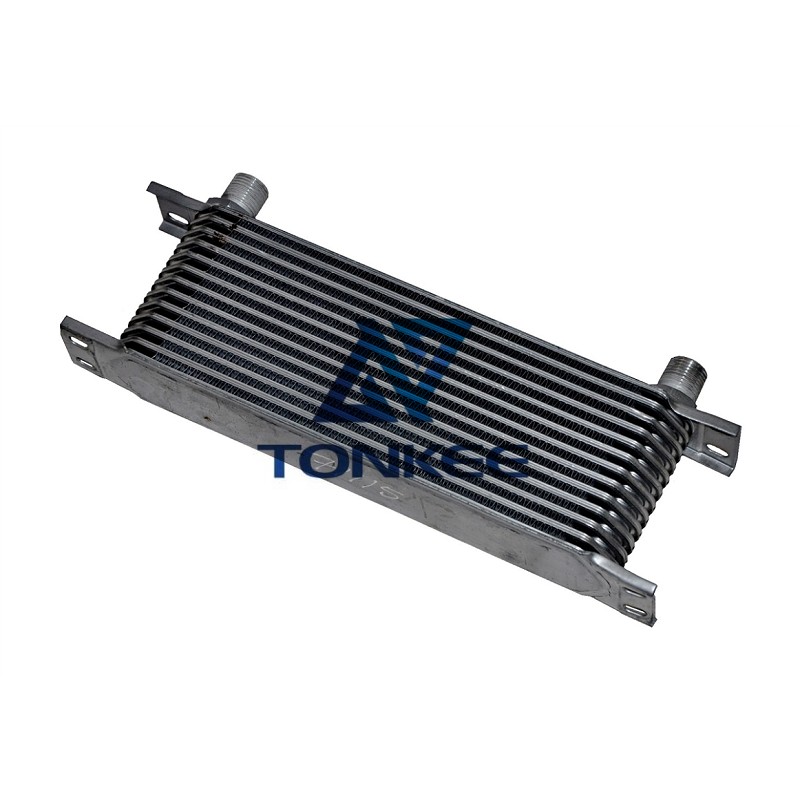
Size: The oil cooler measures 285 x 100mm, making it suitable for a wide range of machinery and equipment.
Material: It is typically constructed from high-quality materials such as aluminum, which is known for its excellent heat dissipation properties and durability.
Heat Dissipation: The primary function of this oil cooler is to dissipate heat generated during the operation of hydraulic systems and engines. This helps in preventing overheating, which can lead to reduced performance and potential damage to critical components.
Efficiency: The design of the oil cooler ensures efficient heat transfer from the oil or hydraulic fluid to the surrounding environment. This results in improved overall system efficiency.
Compatibility: Tonkee® oil coolers are designed to be compatible with a wide range of hydraulic systems, engines, and equipment, making them versatile and easy to integrate into existing setups.
Durability: The oil cooler is built to withstand harsh operating conditions, including exposure to high temperatures, pressure, and vibrations, ensuring a long service life.
Easy Installation: It is typically designed for straightforward installation, with mounting brackets or flanges that simplify the process.
Functions:
The primary function of the Tonkee® 285 x 100mm Oil Cooler is to regulate the temperature of hydraulic fluids or oil used in heavy machinery. Here's how it accomplishes this:
Heat Absorption: The oil cooler is connected to the hydraulic system or engine's oil circulation circuit. As hot oil flows through it, the cooler's aluminum fins and tubes absorb the heat from the oil.
Heat Dissipation: Once the heat is absorbed, the cooler uses its large surface area to efficiently dissipate it into the surrounding air. This process rapidly cools down the oil, maintaining it at the optimal operating temperature.
Temperature Control: By regulating the oil temperature, the oil cooler helps prevent overheating. This is crucial because excessive heat can lead to a breakdown in lubrication properties, increased wear and tear on components, and reduced overall system efficiency.
Enhanced Performance: Maintaining the right temperature ensures that hydraulic systems and engines perform optimally, providing consistent power and reliability.


